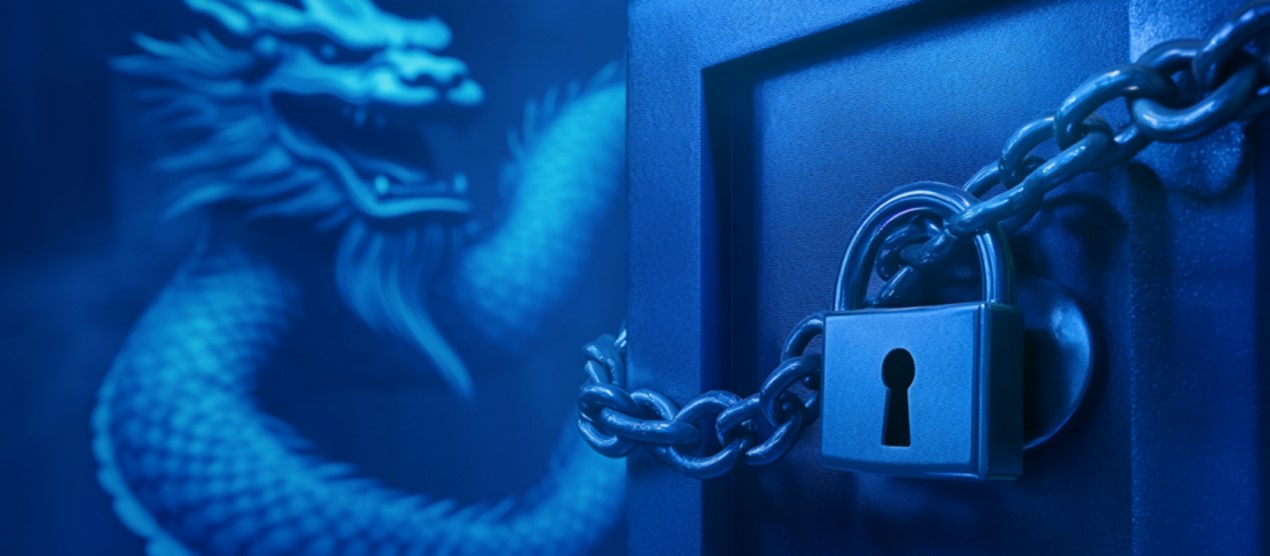
Patent Enforcement in China
Patent👉 A legal right granting exclusive control over an invention for a limited time. enforcement in China has undergone significant improvements in recent years, with the country striving to create a competitive intellectual property👉 Creations of the mind protected by legal rights. protection platform on the global stage. The Chinese patent system operates on a dual-track model, comprising both judicial and administrative protection mechanisms.
Judicial Enforcement
Judicial enforcement involves patent-related litigation handled by people’s courts at various levels. China has established specialized IP tribunals and three special courts in Beijing, Shanghai, and Guangzhou to handle complex patent cases. The judicial process typically includes the following stages:
- Filing a complaint with the appropriate court
- Serving the complaint to the defendant(s)
- Submission of evidence by both parties
- Court hearings and judgment
Recent amendments to China’s Patent Law have significantly enhanced the effectiveness of judicial enforcement:
- Increased Damages: The new law has introduced punitive damages of up to five times the regular damages for deliberate infringement. This surpasses even the United States in terms of maximum multipliers for punitive damages.
- Burden of Proof: The revised law allows courts to order infringers to disclose accounting books and other materials necessary for calculating damages. If an infringer refuses, the court may determine damages based on the patentee’s claims and evidence.
- Cost Recovery: Patent holders can now recover legal costs, making litigation a more financially viable option.
Administrative Enforcement
Administrative patent protection in China is carried out by agencies such as the China National Intellectual Property Administration (CNIPA). This system is characterized by its rapidity, simplicity, efficiency, and low costs. Key features of administrative enforcement include:
- High Efficiency: Cases are typically concluded within three to four months.
- On-Site Investigations: Administrative authorities can conduct raids and seize infringing products.
- Injunctions: Administrative bodies can issue injunctions to halt infringing activities.
- Evidence Gathering: While administrative bodies may be less confident in analyzing patent infringement, they can be instrumental in gathering evidence for subsequent civil litigation.
Customs Protection
The General Administration of Customs (GAC) plays a crucial role in patent enforcement by monitoring shipments and suspending importing or exporting activities on grounds of infringement. Patent owners can register their rights with the GAC, with protections valid for ten years.
Enforcement Strategies
When considering patent enforcement in China, rights holders should:
- Evaluate the Forum: Choose between administrative and judicial routes based on the complexity of the case and desired outcomes.
- Gather Evidence: Due to China’s distinct discovery process, establish strict procedures for investigation and evidence collection and preservation.
- Consider Timing: The timing of enforcement actions can be crucial, especially in fast-moving industries.
- Collaborate Across Departments: Involve marketing and product development teams to gather necessary evidence of infringement and damages.
Trade Secret Enforcement in China
Trade secret protection in China has seen significant improvements in recent years, with the legal framework primarily based on the Anti-Unfair Competition👉 Rivalry between entities striving for a shared goal or limited resource. Law (AUCL). Despite these advancements, enforcement can still be challenging, and prevention remains a crucial aspect of protecting trade secrets in the Chinese market.
Legal Framework
The AUCL, promulgated in 1993 and subsequently amended, forms the cornerstone of trade secret protection in China. Article 9 of the AUCL defines trade secrets and outlines acts of misappropriation. Additional protection is provided by various laws, including the Criminal Law, Civil Code, Labor Law, and Company Law.
Enforcement Mechanisms
Trade secret owners in China have three primary enforcement options:
- Civil Litigation: This is the most common route for trade secret enforcement. Civil lawsuits allow plaintiffs to seek injunctions and damages.
- Administrative Enforcement: Local Administrations for Market Regulation (AMRs) can investigate and penalize trade secret misappropriation. While this process is typically faster and less costly than litigation, AMRs cannot award damages to the trade secret owner.
- Criminal Prosecution: For serious cases of trade secret theft, criminal charges can be pursued. This option often results in the most severe penalties but has high thresholds for initiation.
Challenges in Enforcement
Despite the available mechanisms, trade secret enforcement in China presents several challenges:
- Burden of Proof: The plaintiff must provide evidence that the information qualifies as a trade secret, was adequately protected, and was misappropriated. This can be particularly difficult given China’s limited discovery procedures.
- Lack of Discovery: Unlike some Western legal systems, China does not have a formal discovery process, making it challenging for plaintiffs to gather evidence.
- Thresholds for Criminal Cases: Criminal prosecution, while potentially effective, has high discretionary thresholds for initiation, limiting its applicability.
- Damages: Historically, damage awards in trade secret cases were often inadequate to compensate for losses or deter future infringement.
Enforcement Strategies
To maximize the chances of successful enforcement, trade secret owners should:
- Implement robust internal confidentiality measures to demonstrate reasonable protection efforts.
- Use confidentiality agreements with employees and business partners.
- Maintain detailed records of trade secrets and their development.
- Conduct thorough investigations and gather strong evidence before initiating legal action.
- Consider using a combination of enforcement mechanisms, such as administrative action for evidence gathering followed by civil litigation.